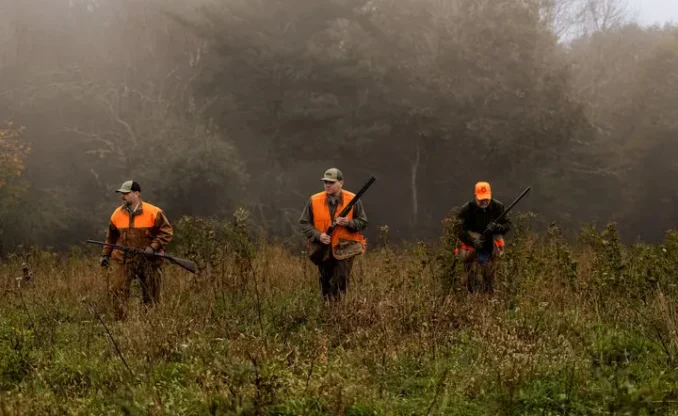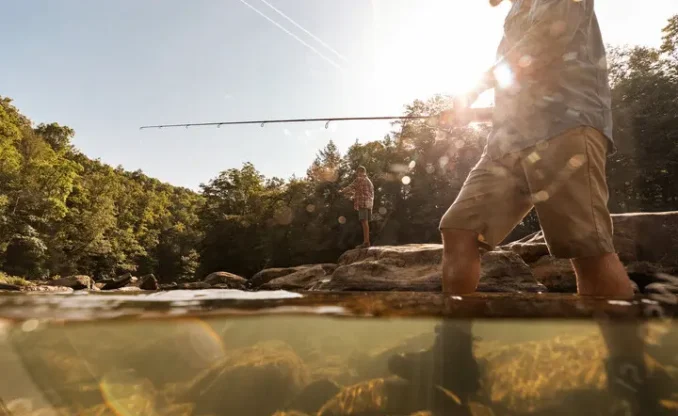Family: Moronidae
Common Family: The Temperate Bass Family
Common Name: Hybrid Striped Bass
Scientific Name: Morone saxatilis x M. chrysops
Ecological Description
Hybrid striped bass were first developed by Tennessee and South Carolina biologists to inhabit southeastern reservoirs. The goal was to create a predatory fish to inhabit large reservoirs and crop off large forage fish populations while supplying anglers with a great hard-fighting fish to target and pursue. This hybrid was originally a cross between the male striped bass and female white bass, although the reverse cross is also utilized as well. This hybrid is more resilient to extremes of temperature and oxygen than its parents. They go by many nicknames, mule, wiper, whiterock bass, palmetto bass and sunshine bass. Being a hybrid, they are almost 100 percent sterile. Growth can be fast and great, making them a preferred species for anglers wherever stocked and maintained by WVDNR, and as an aquaculture fish for food across the world.
The hybrid striped bass’ body is silver in color. The stipes above the lateral line are usually continuous, while those below are interrupted. In West Virginia, hybrid bass offer a great fighting fish for anglers to purse where stocked. Beech Fork lake, Bluestone Lake and the larger navigable rivers are all excellent choices to purse Hybrid Striped Bass. During warmer months, areas below locks and dams are popular spots, attracting more anglers.
Habitat
Hybrid striped bass inhabit medium to large rivers and reservoirs in West Virginia. Their temperature tolerance is wide ranging from 39 F to 84 F but prefer 50 F to 75 F. Once stocked in larger rivers, they congregate below locks and dams especially during warmer summer months.
Conservation Issues
There are no conservation issues related to hybrid stripped bass. Their numbers are maintained by WVDNR annual stockings.
Facts
Hybrid bass fishing can be fast and furious, and they are tremendously hard-fighting fish. They also have delicious firm, white flaky meat. Sliver or white flashy lures imitating baitfish are a great choice, as are white bucktail jig and minnow tipped jigs. A good hybrid striped bass is 15-20 inches, while a 24-inch catch enables and angler to secure a citation from WVDNR for an exceptional catch.
Similar Species
At larger sizes, their bodies become wider than a true striped bass. Correct identification of a hybrid between a striped bass and white bass can be accomplished using scale, spine and other counts, along with checking the tooth patch on their tongue. Actual striped bass and hybrid bass have two patches on their tongue; white bass have only one.



